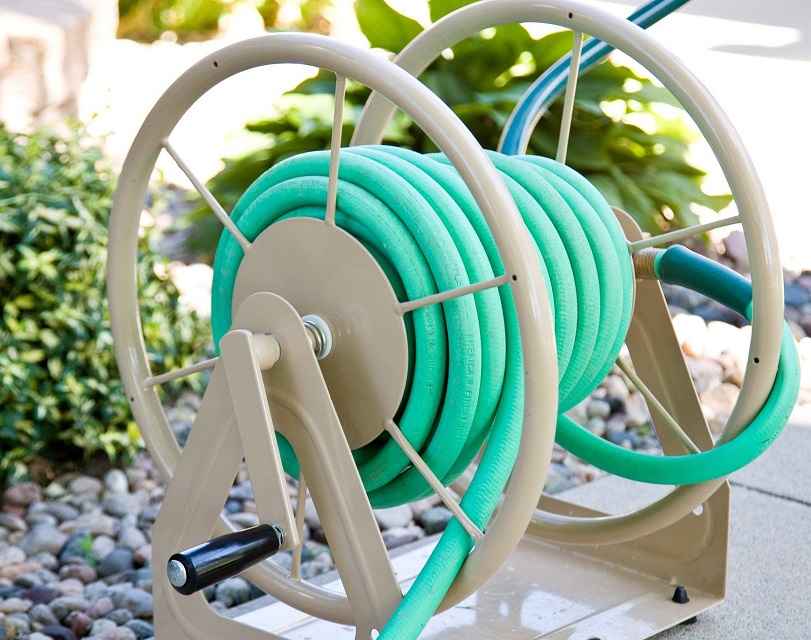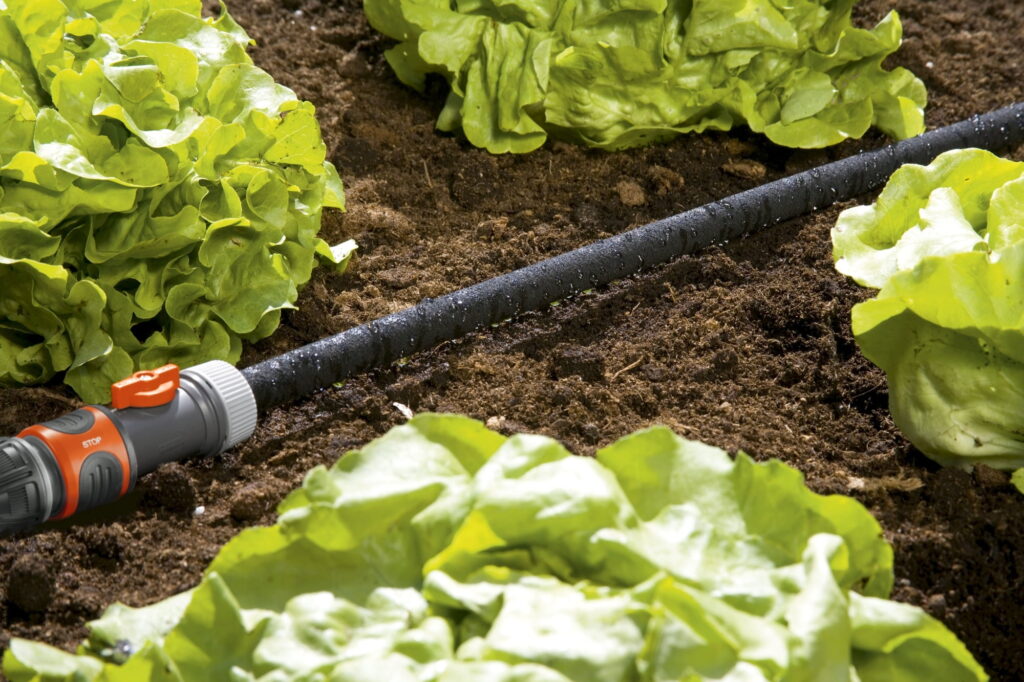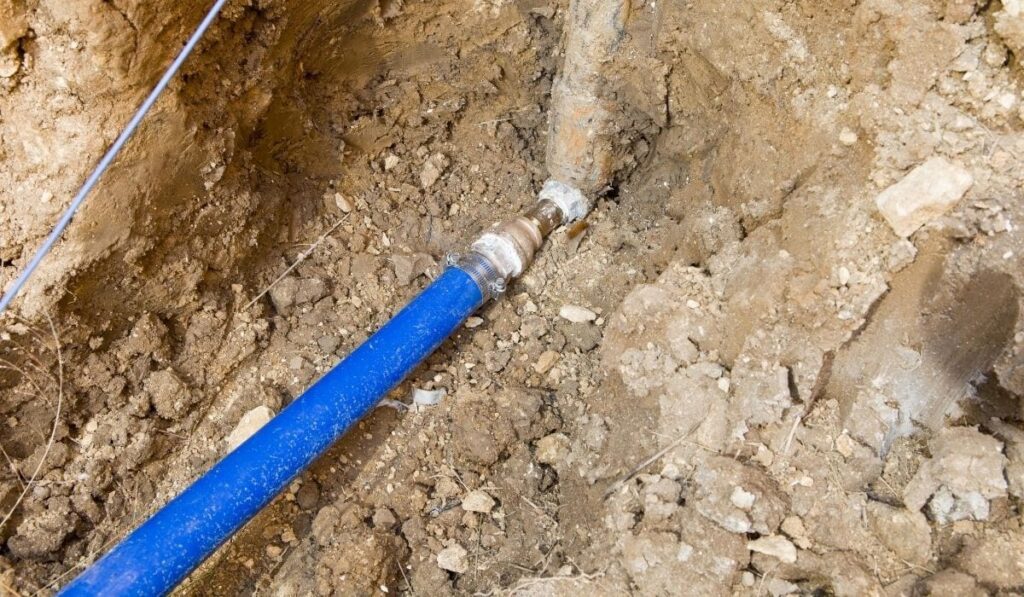
Conventional garden hoses are a tried and tested product that performs well. So, it’s likely that some people will make the switch to a flexible hose and decide to revert to a conventional product that matches their expectations. Both types of hoses can be prone to leaks and learning how to fix a leaking garden hose will be the focus of this article.
Experts are expecting the demand for garden hoses to rise by around 3% per annum up to $435 in 2021 alone Trusted Source Garden Hose Demand to Grow 3% Annually Through 2021 - CISION Demand for garden hoses in the US is forecast to rise 3% per year to $435 million in 2021. Growth will be driven by an improved economy and the development of the higher quality products that are most desired by consumers. Growth will be more broad-based compared to the previous five-year period due primarily to the leveling off of demand for expandable hoses. These and other trends are presented in Lawn & Garden Watering Products Market in the US, a new study from The Freedonia Group, a Cleveland-based industry research firm. www.prnewswire.com . This growth is being driven by an upswing in the economy and access to higher quality products at affordable prices. The main product that people seem to be interested in purchasing are expandable garden hoses. These buying trends have been identified by The Freedonia Group which is a research company based in Cleveland.
It’s expected that conventional garden hose products will continue to constitute approximately 70% of hose sales. After all, many people need a simple hose for a wide variety of home maintenance, gardening and car washing tasks. But, ready access to extendable and flexible hoses may mean that some buyers may have both for a time.
Anyone that uses a garden hose on a regular basis will at some point ask themselves the question, why does my garden hose leak? A hose can be prone to leaking, higher quality hoses are more durable, but any hose or connection can fail. In many cases, the cause is a loose connection at the outdoor faucet that’s easy to fix with a joint turn.
But, if this doesn’t fix the problem the leak could be located somewhere else and it’s likely to get worse over time. A hose leak is often caused by a connection break in the nozzle or the hose. Many people take this as a sign to look for the best lightweight garden hose to replace it, but this may not be necessary. Searching for the best hose mender product is a less expensive option and no special tools are required. Let’s take at some different types of garden hose issues and how you can fix them.
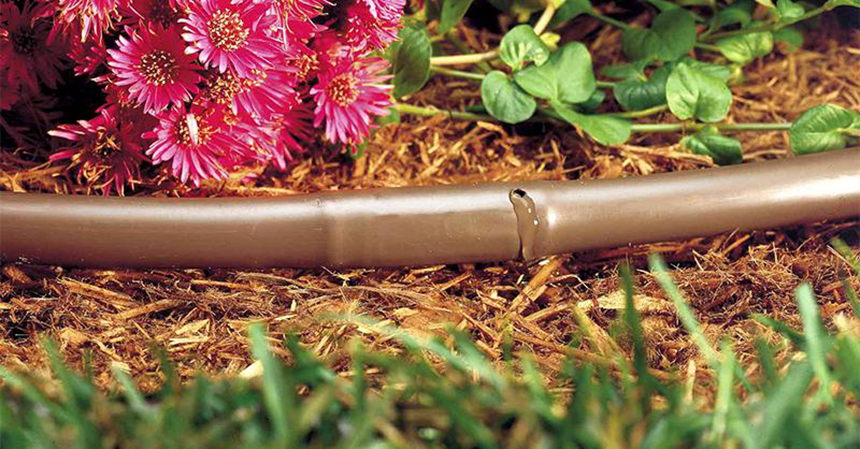
Although these tiny holes may seem insignificant, they can waste a lot of water and you won’t get the water coverage where you need it most. A good solution is to use the best electrical tape that you can find with a PVC back and rubberized adhesive. This type of product is easy to wrap around the pinhole leaks to seal them and they offer good weather resistance.
Start by marking the pinhole leaks with a marker or a piece of chalk. Then, turn off the water supply to the garden hose and make sure it’s wiped dry with an old rag or towel. Take your electrical tape and wrap it around the pinhole section and overlap it a few times to get a good seal. Avoid wrapping the tape too tightly because you can make the hose crease which will impede the flow of water. Now you can reconnect your garden hose to the spigot and test it with the spray nozzle. This fix can last for a long time, but if it persists you’re going to need to look for the best hose repair kit to make a repair that lasts.
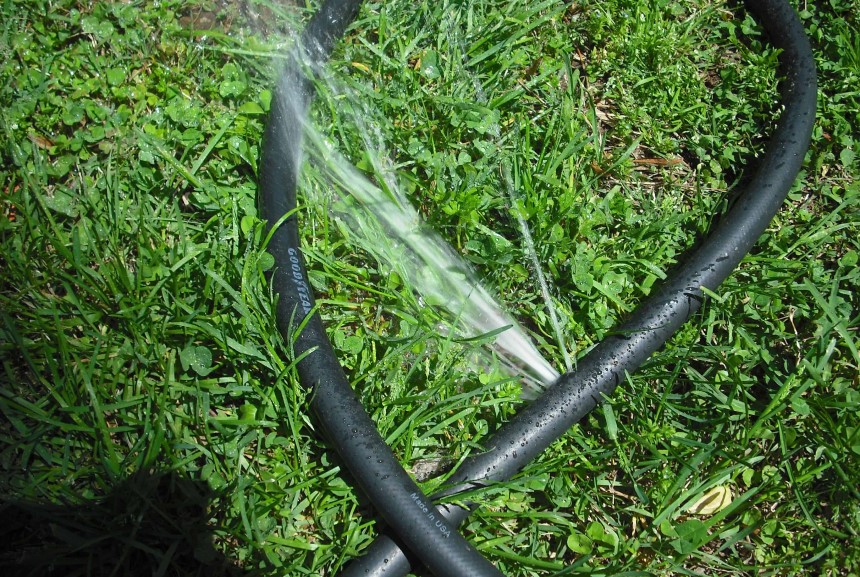
If you have a larger tear in your garden hose you will need a hose repair kit because electrical tape will not be sufficient to create a watertight seal.
For this fix, you will need a sharp set of garden shears or a hose cutter to remove the damaged section. Start by turning off your water, disconnect the hose from the outdoor faucet and lay it flat. Take your cutting tool and remove the torn hose section. Now you have two pieces of hose that you can connect together with a hose mending kit. Simply attach the connectors to each end of the hose, twist the collars to the mender and turn them clockwise to tighten the hose pieces together. Then you can reconnect the hose to the water supply, turn the water on and test the hose for water leaks.
This is an effective way to repair a badly damaged hose, but there are a couple of disadvantages. Firstly, the repair should hold for a while but eventually the connectors will fail, water will leak and another repair may be needed. Secondly, this will shorten the length of your garden hose and too many repairs will make the hose too short to use. If you need to make further repairs you may want to invest in the best garden hose to replace your existing hose.
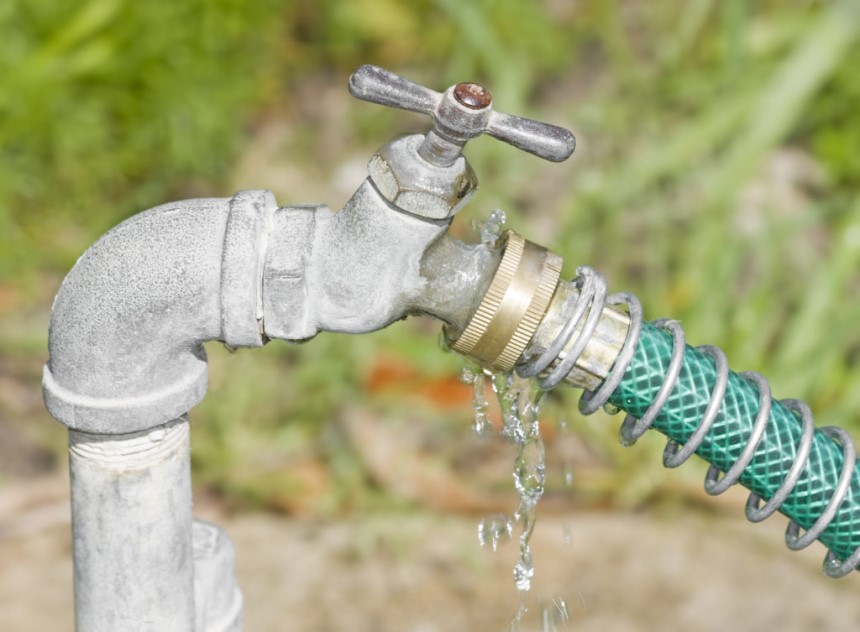
Start by turning off the water, disconnect the coupling that’s leaking and use some pliers to remove the gasket inside the coupling. Then push the new gasket into the housing of the coupling and you’re done. When you choose a gasket go with a thick O-ring grade if you can find one because that type of gasket will create a better seal. A typical flat gasket doesn’t sit in the housing as well and water leaks can occur. Reconnect the hose to the outdoor faucet spìgot and check for leaking water. A gasket should last for 3-10 years depending on your usage and the quality of the gasket.
If you notice that a hose coupling is still leaking after you’ve replaced the gasket the coupling could be bent. This can happen in a number of ways, including: crushing with a foot, running over it with a lawnmower and rough use. If the coupling is damaged it cannot maintain a watertight seal and a water leak is inevitable.
A coupling can’t be repaired, you will need to replace it with another coupling that meets your needs. Many people use this as an opportunity to install the best garden hose quick connect system that they can afford. These types of couplings allow the user to rapidly change couplings that are the same diameter as their hose. So, if you want to quickly change between watering your lawn and washing your car this is a great option.
There are two broad categories of couplings, they are: male and female. They connect easily to each other and various attachments but they must match the diameter of your hose. The diameter and coupling type will be prominently displayed on the packaging and connectors are often sold in male/female pairs.
To change the connectors, disconnect the coupling from the faucet and remove it with a hose cutter or a pair of sharp shears. Now, you have an exposed end of the hose where you can push the connector into the pipe. Twist the coupling collar in a clockwise direction to tighten up the coupling and make it watertight. Then, reconnect the hose to the spit and turn on the water to make sure it works. If you installed a quick connect system you will need to screw an adapter into your outdoor faucet spigot too.
If you adopt a proactive approach to prevent damage to your garden hose you can mitigate the risks of water leaks. Here are five quick tips to protect your garden hose:
Ultimately, the decision to fix or replace your garden hose is yours to make, but there are a few things to bear in mind. Hopefully this article has shown you how to fix a leaking garden hose using a fresh gasket or a new coupling. Cutting out sections of damaged hose will make the hose gradually shorter over time which makes it less useful to use. But, the couplings can be re-used and it’s a good idea to keep some on hand for quick repairs. Many homeowners have two or more hoses for various jobs or as a spare hose in the event of a loss or severe damage. You can connect together two short lengths of hose using connectors but this can get complicated and it’s usually a better idea to buy a new hose.
